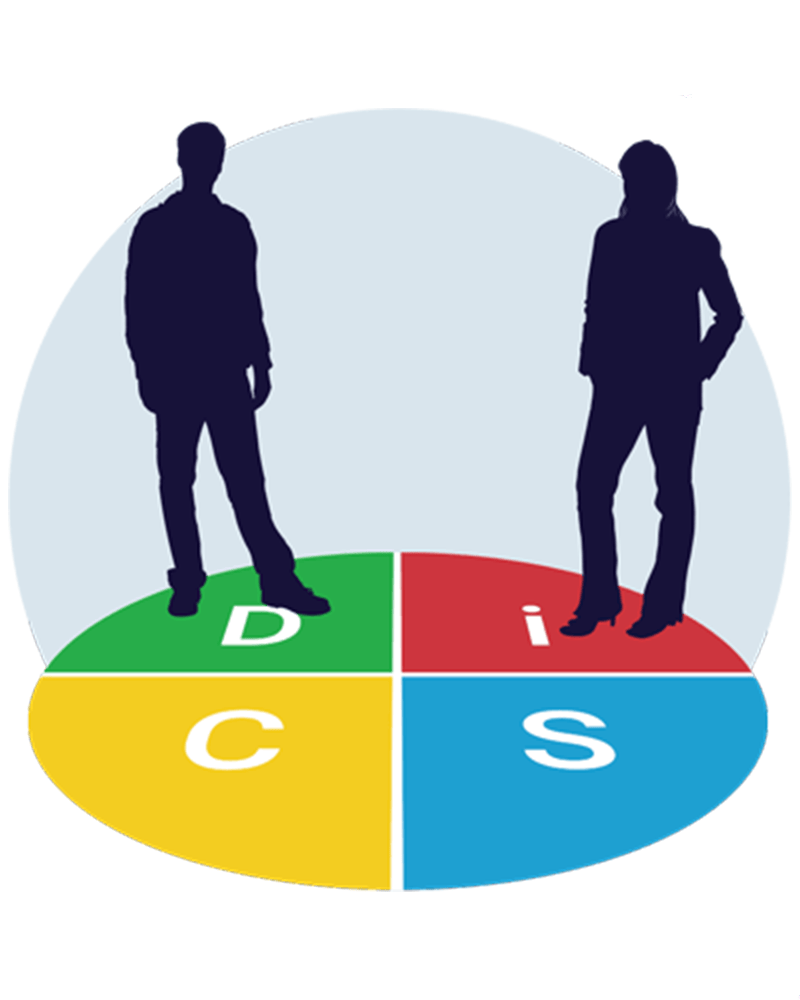A Brief History of Styles
For thousands of years, humans have been on a quest to better understand themselves and our human nature and explain the differences among people. Personality profile systems have been around since 590 BCE. The earliest recorded assessment tool is from ancient Hebrew writings – Ezekiel’s Four Living Creatures – Ezekiel 1:1-28. Other well-known profiling systems include Hippocrates’ Four Humors (400 BCE), Galen’s Four Temperaments (190 and in modern times, Carl Jung’s Psychological Types (1923), the Myers-Briggs Type Indicator (1958), Hartman’s Color Code (1987) and Kiersey’s Four Temperaments (1998).
The ancients believed that the differences in behavior were influenced by variations in the quality and quantity of our body fluids. They referred to the four temperaments as Choleric/Dominant (yellow bile,) Sanguine / Influence (blood,) Phlegmatic / Steadiness (phlegm,) and Melancholic / Conscientiousness (black bile.) References to this early terminology are still used today by some writers involved with religious education.

Four Behavior Style or Personality Style Categories
In more recent years, with advances in research and modern psychological theories, more sophisticated models of human behavior have evolved. However, one common denominator remains – they all group behavioral styles into four categories.

William Moulton Marston
The book, Emotions of Normal People, was published in the 1920s by William Moulton Marston. It forms the theoretical basis for the DiSC® Model of Behavior and the most recent DiSC® Classic Profile. Marston was not concerned with categorizing people into psychological types; rather he focused on categorizing behavior into four types. He theorized that effective people would behave in a manner consistent with the demands and expectations of the environment.
This suggests that even though a person may have a core behavioral preference that is most natural and comfortable for that person, a person’s behavior will vary from one situation to another.
In the 1970s, Dr. John Geier developed an instrument called the Personal Profile System. He conducted further research to refine Marston’s model and determined the unique DiSC® Classical Profile Patterns based upon combinations of the various behavioral styles.


